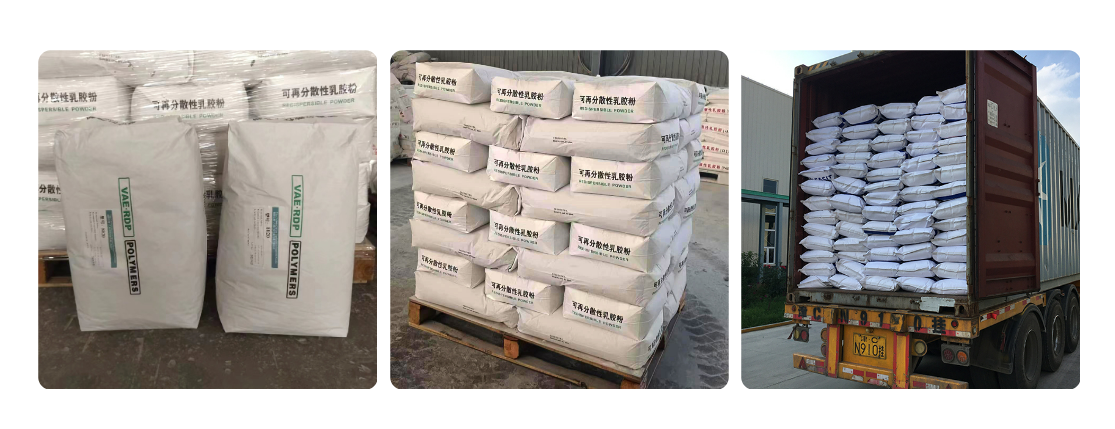
Dec . 16, 2024 22:24 Back to list
hec hydroxyethyl cellulose
Hydroxyethyl Cellulose A Versatile Polymer with Diverse Applications
Hydroxyethyl cellulose (HEC) is a water-soluble polymer derived from cellulose, an abundant natural polymer found in the cell walls of plants. HEC is obtained through the reaction of cellulose with ethylene oxide, resulting in the substitution of hydroxyethyl groups for some of the hydroxyl groups in cellulose. This modification endows HEC with various beneficial properties, making it a versatile additive in multiple industries, including pharmaceuticals, cosmetics, food, and construction.
One of the notable properties of HEC is its thickening ability. When dissolved in water, HEC forms a gel-like solution that increases the viscosity of the liquid. This thickening property is particularly valued in the formulation of various cosmetic products, such as lotions, creams, and shampoos. In these applications, HEC not only acts as a thickener but also provides a smooth and pleasant texture, enhancing the overall user experience. Moreover, HEC is nonionic, which means it does not react with other charged ingredients, making it compatible with a wide range of formulations.
Hydroxyethyl Cellulose A Versatile Polymer with Diverse Applications
HEC's application extends into the food industry, where it is used as a food additive. It functions as a thickener, stabilizer, and emulsifier in various food products, enhancing their texture and shelf life. For example, HEC is found in sauces, dressings, and dairy products, where it helps to create a desirable consistency and prevents separation of ingredients. Furthermore, being a plant-derived polymer, HEC is generally recognized as safe (GRAS) by food safety authorities, making it an ideal option for clean-label formulations.
hec hydroxyethyl cellulose

In the realm of construction, HEC is utilized as a rheology modifier in cement-based products such as mortars, plasters, and tile adhesives. Its ability to improve workability and extend the open time of these products is highly beneficial for construction applications. The incorporation of HEC allows for a more uniform application and easier manipulation of materials, facilitating smoother finishes and reducing waste during the construction process. Moreover, HEC contributes to the water retention of mortars, preventing rapid drying and ensuring optimal curing conditions.
One of the environmental advantages of HEC lies in its biodegradability. As a cellulose-derived product, HEC can be decomposed by natural processes, minimizing its impact on the environment compared to synthetic polymers. This biodegradability aspect aligns with the growing trend toward sustainable practices across industries, enabling companies to develop more eco-friendly formulations and products.
However, the production and quality of HEC can be affected by various factors, including the source of cellulose, the degree of substitution, and the molecular weight of the polymer. As a result, manufacturers must adhere to stringent quality control measures to ensure the consistency and performance of HEC in their applications.
In conclusion, hydroxyethyl cellulose is a remarkable polymer with a wide array of applications stemming from its unique properties. Whether it is enhancing the texture of cosmetic products, serving as a binder in pharmaceuticals, improving food formulations, or aiding in construction processes, HEC's versatility makes it an invaluable ingredient. As industries continue to seek safer, more efficient, and sustainable alternatives, HEC is poised to remain a key player in the development of innovative products that meet diverse consumer needs. With ongoing research and advancements, the potential for HEC will undoubtedly expand, further solidifying its place in modern applications.
-
Versatile Hpmc Uses in Different Industries
NewsJun.19,2025
-
Redispersible Powder's Role in Enhancing Durability of Construction Products
NewsJun.19,2025
-
Hydroxyethyl Cellulose Applications Driving Green Industrial Processes
NewsJun.19,2025
-
Exploring Different Redispersible Polymer Powder
NewsJun.19,2025
-
Choosing the Right Mortar Bonding Agent
NewsJun.19,2025
-
Applications and Significance of China Hpmc in Modern Industries
NewsJun.19,2025







